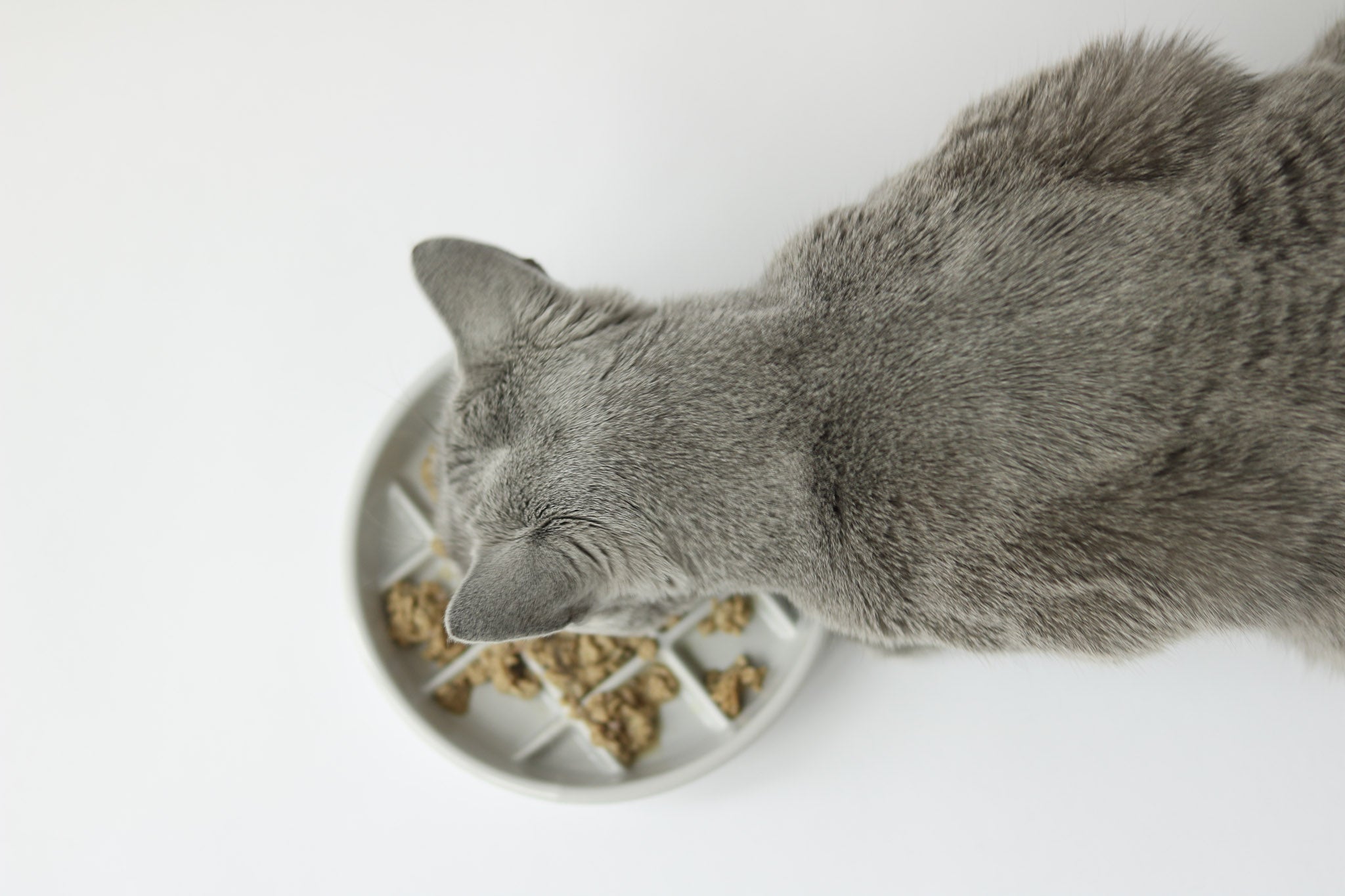
Cats are known for their fastidious nature when it comes to grooming and food consumption. However, it is not uncommon for cats to throw up shortly after eating. While occasional vomiting may be normal, frequent or persistent episodes can indicate an underlying health issue. In this article, we will explore the various reasons why cats vomit after eating, ranging from benign causes to more serious conditions. Additionally, we will discuss potential solutions and when to seek veterinary attention.
Common Causes of Cat Vomiting after Eating

Rapid Eating and Overeating
Gobbling down food quickly can lead to overeating, causing the stomach to become distended, resulting in vomiting.
Cats with a competitive feeding environment or those who have experienced food scarcity in the past are more prone to rapid eating.
Dietary Indiscretions
Cats are curious creatures and may ingest non-food items such as grass, hairballs, plants, or foreign objects, which can trigger your cat to throw up after eating something that they shouldn't.
Hairballs, formed due to grooming and subsequent ingestion of loose hair, can also induce vomiting.
Dietary Intolerance or Allergies
Certain ingredients or food types can trigger allergic reactions or food intolerance in cats, leading to vomiting as a response.
Common allergenic ingredients include dairy, grains, and certain proteins.
Sudden Diet Changes
Abrupt changes in diet can disrupt a cat's gastrointestinal (GI) system, which can very easily cause your cat to throw up shortly after eating.
Gradual transition between foods is recommended to prevent digestive disturbances.
Gastrointestinal Issues
Inflammatory bowel disease (IBD), pancreatitis, gastroenteritis, or other GI disorders can cause vomiting directly after eating.
It is important to note that these conditions often present with additional symptoms like diarrhea, weight loss, and decreased appetite.

Serious Reasons Why Cats Throw Up After Eating
Gastric Foreign Bodies
Cats may inadvertently ingest foreign objects, such as toys or string, leading to obstruction of the gastrointestinal tract, causing vomiting or worse, complete obstruction restricting normal digestion.
This is a medical emergency that requires immediate veterinary intervention.
Gastric Ulcers
Ulcers can form in a cat's stomach or upper GI tract due to various factors, including prolonged use of certain medications, stress, or infections.
Ulcers can cause pain and lead to vomiting after eating.
Gastrointestinal Motility Disorders
Conditions like gastric dysmotility or gastric stasis can result in delayed emptying of the stomach, leading to vomiting.
These disorders may be secondary to underlying systemic diseases or neurologic disorders.
Liver or Kidney Disease
Cats with liver or kidney dysfunction may exhibit vomiting as a symptom.
These conditions often have additional signs such as increased thirst, weight loss, and changes in urination patterns.
When to Seek Veterinary Attention
Mild, Occasional Vomiting
If the vomiting is infrequent, not associated with other concerning symptoms, and the cat appears otherwise healthy, a wait-and-watch approach may be appropriate.
However, it is crucial to monitor the cat's behavior and consult a veterinarian if the vomiting persists or worsens.
Moderate to Severe Vomiting
If the vomiting is frequent, severe, or associated with other worrisome signs (e.g., lethargy, dehydration, blood in vomit), immediate veterinary attention is necessary.
Diagnostic tests such as blood work, X-rays, ultrasound, or endoscopy may be required to identify the underlying cause.
How to Prevent Your Cat From Throwing Up
Feeding Management
Provide multiple smaller meals throughout the day to prevent overeating and reduce the chances of rapid eating.
Using food puzzle toys or slow feeders can help slow down a cat's eating pace.

Dietary Adjustments
Consider feeding a high-quality, easily digestible cat food that meets the cat's nutritional needs.
If food allergies are suspected, an elimination diet under veterinary supervision may be necessary.
Hairball Prevention
Regular grooming to remove loose hair and the use of hairball remedies or specialized diets can help reduce hairball formation and subsequent vomiting.
Environmental Enrichment
Create a stimulating environment with appropriate toys and playtime to prevent the ingestion of non-food items due to boredom or curiosity.
Medical Treatment
Depending on the underlying cause, treatment may involve medications to manage GI inflammation, address motility issues, or resolve infections.
In cases of foreign body ingestion or serious systemic conditions, surgical intervention or more intensive medical management may be necessary.
Conclusion
Why cats throw up after eating is a question with a number of potential answers, from benign issues to potentially serious health conditions. Understanding the various reasons for feline vomiting and implementing appropriate preventive measures can help minimize the frequency and severity of these episodes. However, if the vomiting persists, worsens, or is accompanied by other concerning symptoms, it is crucial to seek veterinary attention for a comprehensive evaluation and appropriate treatment. By addressing the underlying causes, we can promote the health and well-being of our feline companions.

Comments (0)
Back to Noots Cat Blog